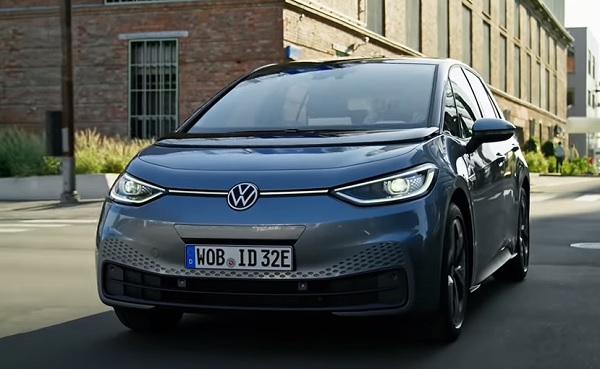
Volkswagen ID.3 2021.
The serial Volkswagen ID.3: the firstborn of the MEB electric platform.
A long preparation period is over: Volkswagen is ready to move on to the third fundamental chapter in its history — electric. The serial hatchback Volkswagen ID.3 became the pioneer of the new paradigm. The number in the index designates not only the third chapter (after the Beetle and Golf), but also belongs to the third size class C according to the European classification (after segments A and B). Well, the company proposes to decipher the letters ID as Intelligent Design and Identity.
In addition, the Volkswagen ID.3 was the first model to feature an updated brand logo. It has lost its three-dimensionality and is now a flat part with painted VW letters, and instead of a black background it is now used white (for most models), blue (for electric vehicles) or red (for sports versions).
By mid-2020, the updated emblems should appear on all manufactured models of the Volkswagen brand.
So, the hatchback ID.3 is created on a modular electric platform MEB with a traction battery integrated into the power structure of the body and an electric motor installed on the rear axle.
It is symbolic that Volkswagen is returning to a rear-engined layout, although four-wheel drive cars with an additional engine on the front axle will subsequently appear.
Volkswagen showed MEB platform for electric vehicles.
The concept of this trolley was ready three years ago, and the conceptual one-volume Volkswagen Budd-e became the first carrier of the idea. After that, the company was engaged in the engineering study of the platform and its preparation for serial production. Finally, the work is completed: we have before us the serial version of the modular platform MEB (Modularen Elektrifizierungsbaukasten) for electric vehicles.
The component unification with the current MQB architecture, although there is, is small. It is much more important that the electric vehicle chassis inherited the concept of scaling: MEB will form the basis of vehicles of different classes and sizes, which will also have traction batteries of different capacities.
The battery itself is located under the floor of the cabin, and the developers promise that it will be possible to charge it by 80% in an average of half an hour: simultaneously with the trolley itself, the Volks-Wallbox wall charger was declassified.
It is interesting that even the declared originality of the platform did not allow, following Tesla’s example, to organize an additional trunk in the front of the body. Vehicles on the MEB bogie will have a radiator, charger, electronic control unit and a good old 12-volt battery under the front hood.
The main traction motor is located on the rear axle. It’s no wonder that Volkswagen compares the introduction of MEB to the transition from a rear-engined Beetle to a front-engined Golf in terms of the scale of the change: electric cars will return the brand to rear-wheel drive! Although the range will include four-wheel drive cars with two electric motors. Accordingly, the rear suspension of all models will be independent, and the front — McPherson struts.
The first mass-produced electric vehicle on the MEB platform will be the compact Volkswagen I.D. hatchback: its production will begin at the end of 2019 at a plant in Zwickau, Germany (now they make Golf and Passat models). Later there will be a crossover and minivan styled after the legendary Bulli, but there will also be cars under the Skoda and Audi brands.
By 2022, the concern plans to bring to the market 27 models on the MEB platform, the total circulation of which will reach 10 million copies over the entire life cycle.
The modernization of factories for the production of electric vehicles is already in full swing, the concern will spend 6 billion euros on it. Of this, 1.2 billion will be required by the plant in Zwickau, and another 1.3 billion will go to sites in Braunschweig, Salzgitter and Kassel, where they will produce traction batteries, electric motors, transmissions and other unique MEB components.
In terms of dimensions, the Volkswagen ID.3 is close to the current Golf: length — 4260 mm, width — 1810 mm, height — 1550 mm. But the electromobile layout with the wheels placed at the corners of the body made it possible to make the wheelbase only slightly less than that of the European Passat: 2770 against 2791 mm!
That is, in terms of space in the cabin, the electric car will be a cut above the Golf. Although the trunk volume of the two hatchbacks is the same: 380 liters under the shelf.
There are almost no analog keys left in the cabin: they are only responsible for the power windows and the alarm. All other buttons are touch-sensitive — including those on the steering wheel and around it.
As «compensation» — voice confirmation of pressing. And the transmission modes are switched by a rotating knob on the right end of the instrument display.
Media system — with a ten-inch screen and voice control, to activate which you need to say the phrase «Hello ID». An amusing detail is the play and pause icons on the accelerator and brake pedals.
Volkswagen ID.3 has an electric motor with a capacity of 150 or 204 hp, while the torque in both cases is the same — 310 Nm. You can also choose the capacity of the traction battery: 45, 58 or 77 kW ∙ h. This should be enough for 330, 420 or 550 km of run on the WLTP cycle, respectively.
For comparison, the Nissan Leaf has a maximum of 62 kWh and 458 km on the same cycle. For a surcharge, the Volkswagen ID.3 can have a 100 kW «fast» charger, from which you can replenish the charge for a run of 290 km in half an hour.
The first to enter the market will be the special version ID.3 1ST with a «medium» battery and a 204-horsepower engine: such a hatchback weighing about 1.6 tons can accelerate to 160 km / h. There are three levels of equipment to choose from, although already «in the base» there is a media system with a navigator, heated seats and steering wheel, as well as 18-inch wheels.
The 1ST Plus package also features matrix headlights, a rearview camera, adaptive cruise control, keyless entry and 19-inch wheels. And the 1ST Max version includes more comfortable seats, a head-up display, a panoramic roof, a Beats audio system, 20-inch wheels and a set of electronic assistants.
The circulation of the «starting» version is 30 thousand cars, and all of them have already been ordered. The exact prices have not yet been announced, but they will start from about 40 thousand euros. This price also includes 2000 kWh at stations of the Ionity network, as well as terminals working with the We Charge online service.
Acceptance of applications for «regular» versions of the electric hatchback will be opened later, the initial price will be «less than 30 thousand euros»: most likely, this means that for the simplest electric hatchback will be asked for 29,990 euros.
Pilot production of ID.3 hatchbacks will begin at a plant in Zwickau, Germany (now they make Golf and Passat models), but full-fledged serial production will start later, because the shipment of the first commercial cars to customers is scheduled only in mid-2020.
Later in the ID family, there will be two crossovers, a minivan and a large sedan, which will also have their own digital designation. Cars under the brands Skoda, Seat, Cupra and Audi are also expected.
By 2022, the concern plans to bring to the market 27 models on the MEB platform, and their annual circulation will reach one million copies. And the Volkswagen brand intends to achieve such a production volume in 2025, when there will be more than 20 electric vehicle models in the range.


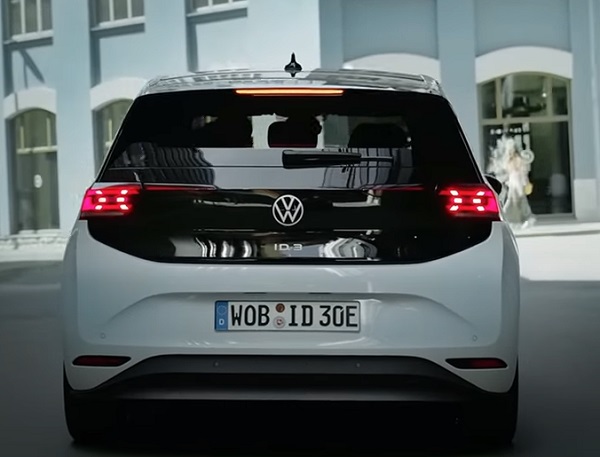
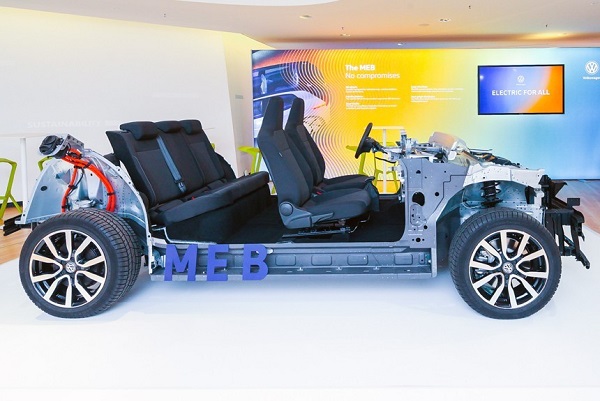
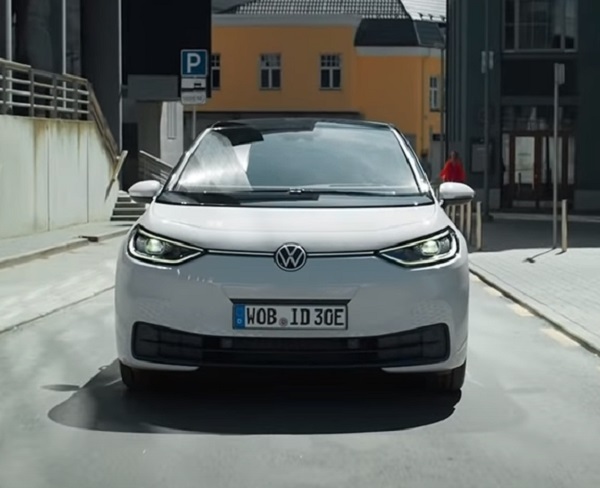
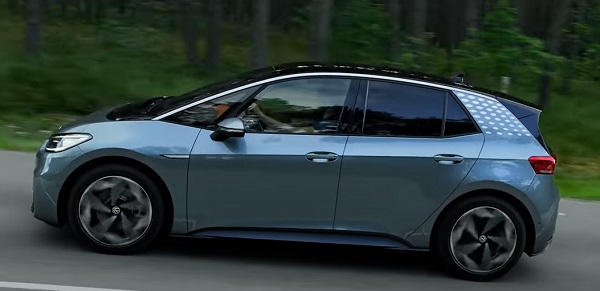


 Posted in
Posted in  Tags:
Tags: